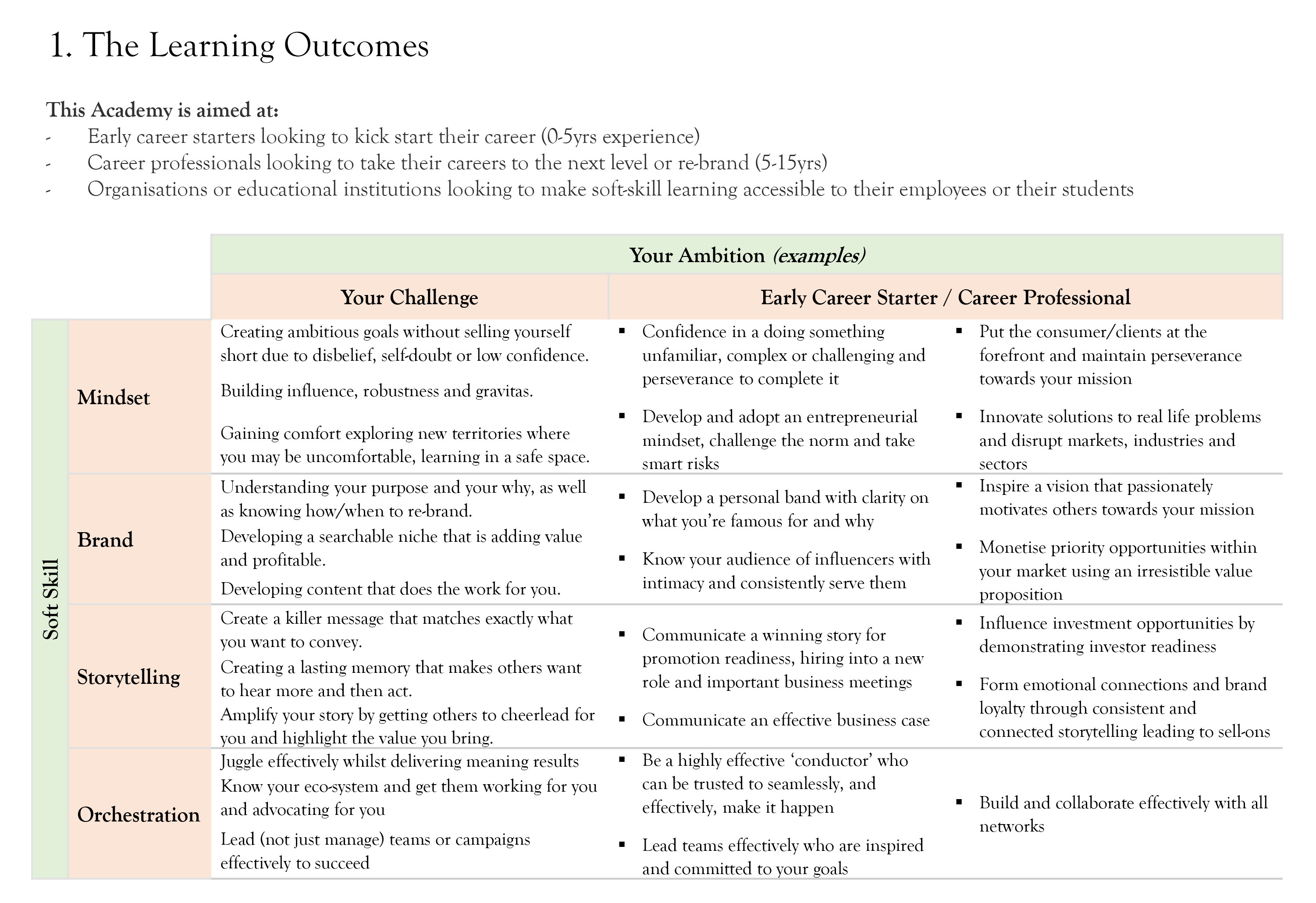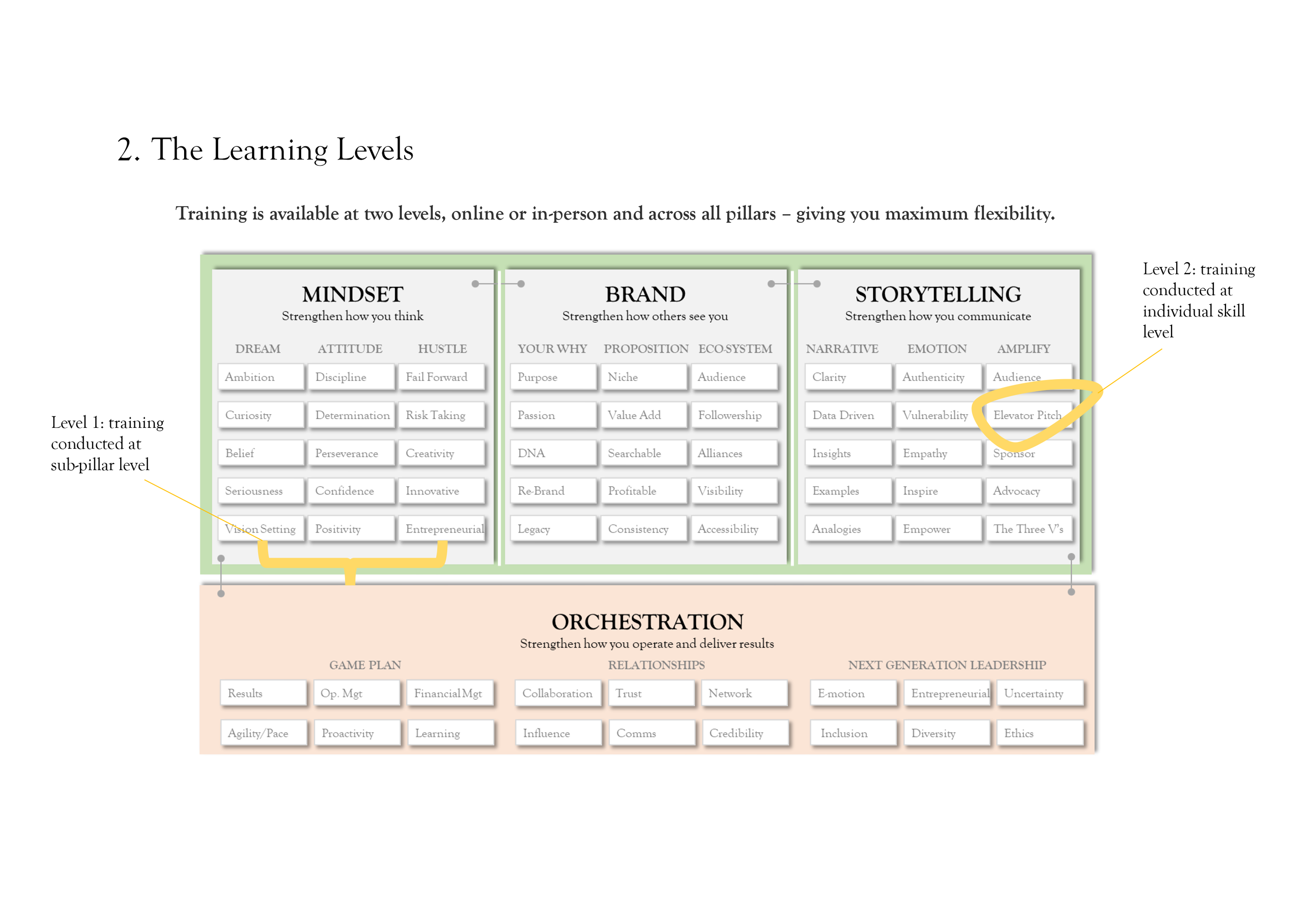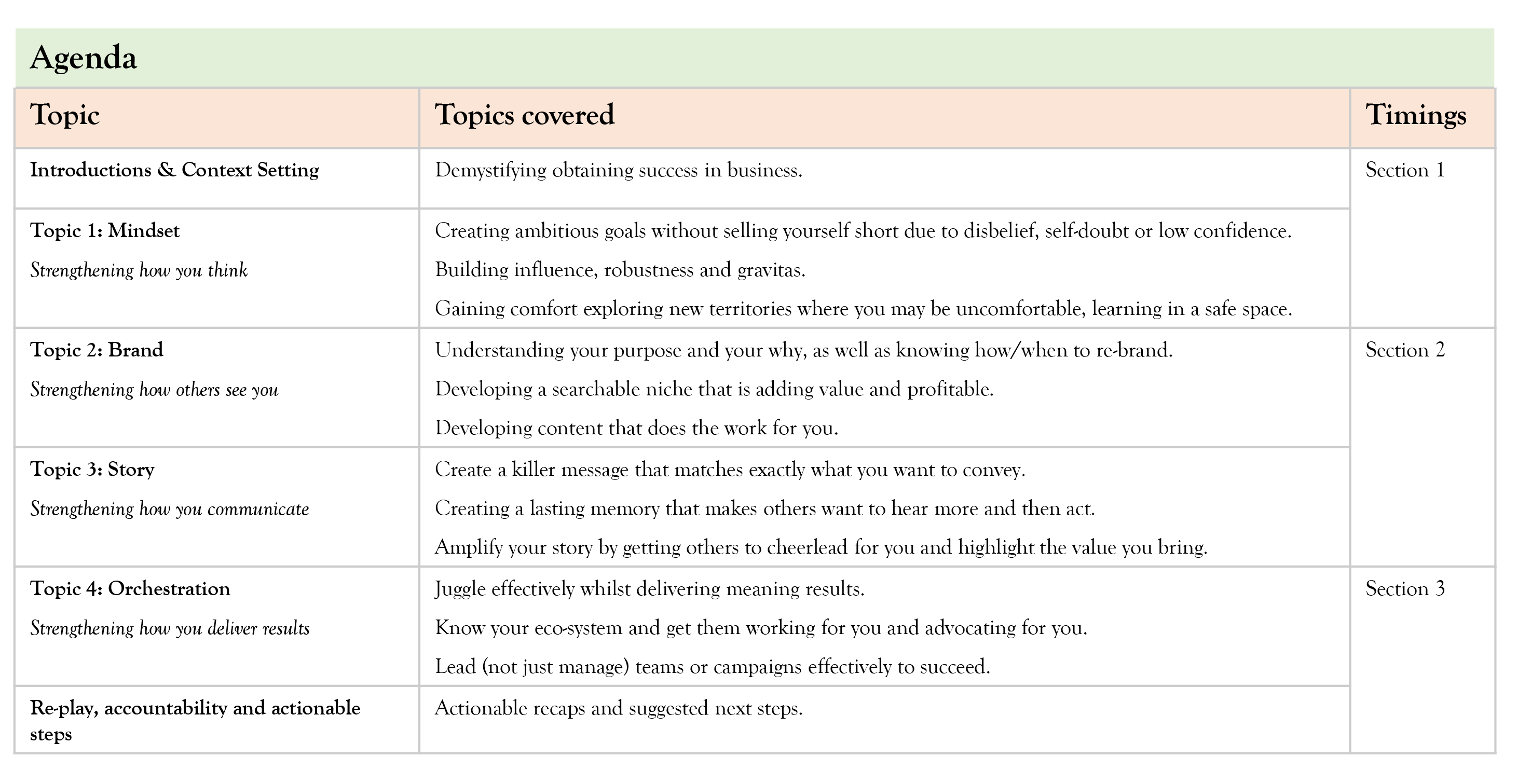5 ways to be effective when storytelling

I said it so you must believe it?
“I didn’t hear from you, so I assumed you were not interested.”
This was a message I received from a ‘cold emailer’, after they tried to sell me a product numerous times. My thoughts were that instead of assuming I was not interested, assume you were not clear, compelling, engaging on interesting enough. Make me curious and want more. You only have seconds to create a connection and via email it’s much harder.
Importance of stories
Wait a minute. Now think about how many stories you’ve heard in the last year – the long ones, the short ones, the really long ones, the funny ones, sad ones, hopeful ones, inspiring ones , relatable ones etc. Now try to remember what you ate for dinner last Tuesday? The chances are you’ll remember older stories than recent data points. Stories have the ability to connect us emotionally. Stories galvanise. That’s how we build relationships. It’s how we fall in love. That’s how we remember, learn and grow.
Those that have mastered storytelling can use it to build a relationship with you, or persuade you, or negotiate with you, sell something to you or simply (my favourite) emotionally move you. That’s why stories have been so integral in our upbringing and why they continue to be important. They make us feel something and they encourage us to act. Little red riding hood to climate change to Black Lives Matter movement. All of these have moved us in some way (positively or not but they have still moved us).
So when your audience feel connected to your story they are more likely to act. Storytelling is essential in life and business. Leaders need their own stories as well as their business and personal ‘signature stories’. Whether you’re telling a story over drinks, at dinner, on stage or in a meeting, if you know how to story tell effectively, you have a better chance at having your message heard, understood and followed. But how?
The 5 step journey to better storytelling
1. Use a killer headline. Don’t bury your lead! Give your audience the ‘so what’ factor early and tell them why they should care. Get to the point quickly and capture their attention in the first 10 seconds. I recently spoke about a sensitive topic to a group of people and instead of introducing myself by name, I used 3 emotionally heavy words to set the scene of my speech. I ended up in tears yes (!) but I had connected with them at the get go.
2. Signpost it. After that killer headline introduction get them excited a bit and briefly signpost what else is to follow with emphasis again on why they should care (only then they’ll be excited to hear more!).
3. Fill them in. Because who would want a sandwich with no filling?! Here is where you tell the story. I like to consider the three V’s: Verbal (7%), Vocal (38%) and Vocal (55%). The percentages represent the amount of emphasise a typical audience applies when listening to your story, as according to the studies of Albert Mehrabian, PhD.
-
- Verbal: this is based on what you have to say. Whist you may have amazing messages to share, if it’s not relatable then it may be misunderstood. If misunderstood them the connection you want to have is probably more unlikely. A good way to find more interesting ways to say things and make them relatable to most people is to use Analogies, anecdotes and examples. Use trigger words or phrases – develop them yourself for even better effect, create a vault of them that you can use across your stories.
- Vocal: Did I say authenticity? This is the time to get uncovered and be vulnerable. People want to hear the authenticity dripping off from what you say. You become far more relatable when you can share your own stories, challenges fears or whatever the story is. When you’re comfortable enough to share those pause moments, as there is a big message coming in your story, or those voice tone changes to mirror the emotion you are feeling in that moment, then that same energy will pass to your audience. Think about a speech /talk/encounter you heard/had that moved you. Now think why? Chances are they were able to share a bit of themselves and be fully vulnerable making you feel privileged to be hearing their story but also moved, in some way.
- Visual: No, this is not about how you look! But actually your ability to deeply connect with your audience. I like to think about senses when I tell a story. Can I make them feel what I felt in that movement, smell what I smelt, see what I saw etc. It’s really powerful for both sides. Also using eye contact, holding eye contact and ‘walking the room’ if necessary.
4. Wrap up. Succinctly bring me back to the main messages you have. Recap in that killer headline if it makes sense.
5. Consistency. Keep going. Keep practicing and keep sharing your stories. The more you speak the better it will get! If you’re like me, soon you’ll love it and welcome those moments!
More? Check out our other blogs, vlogs or sign up to our coaching and academy services!
Written by Oluchi Ikechi-D’Amico





